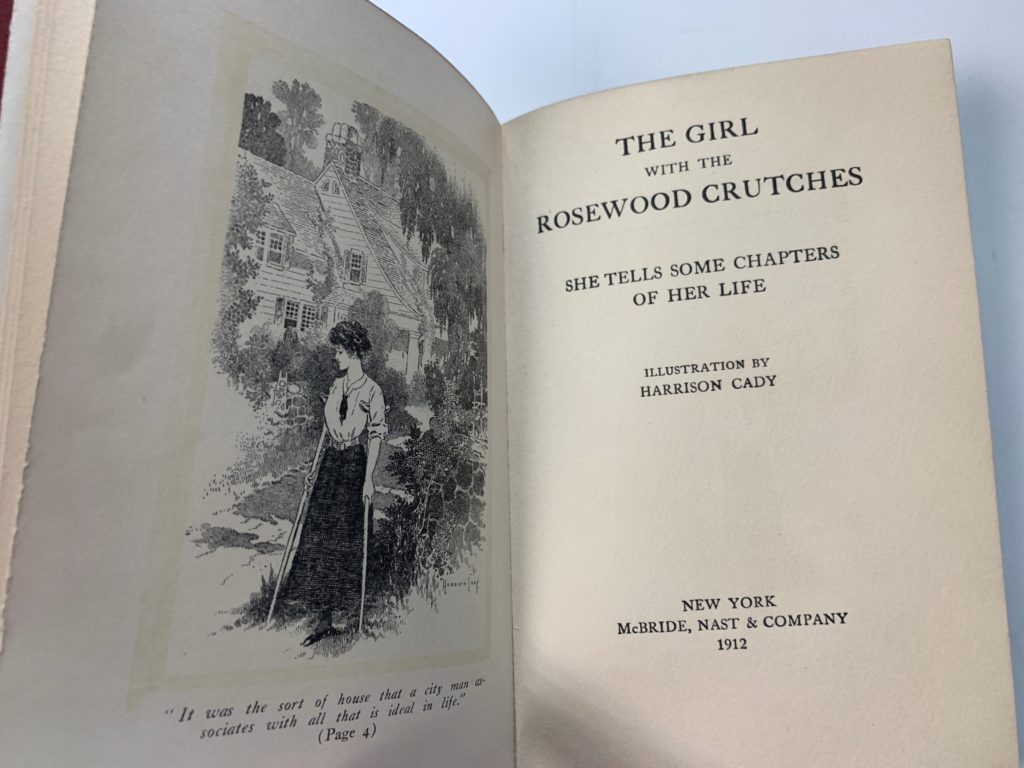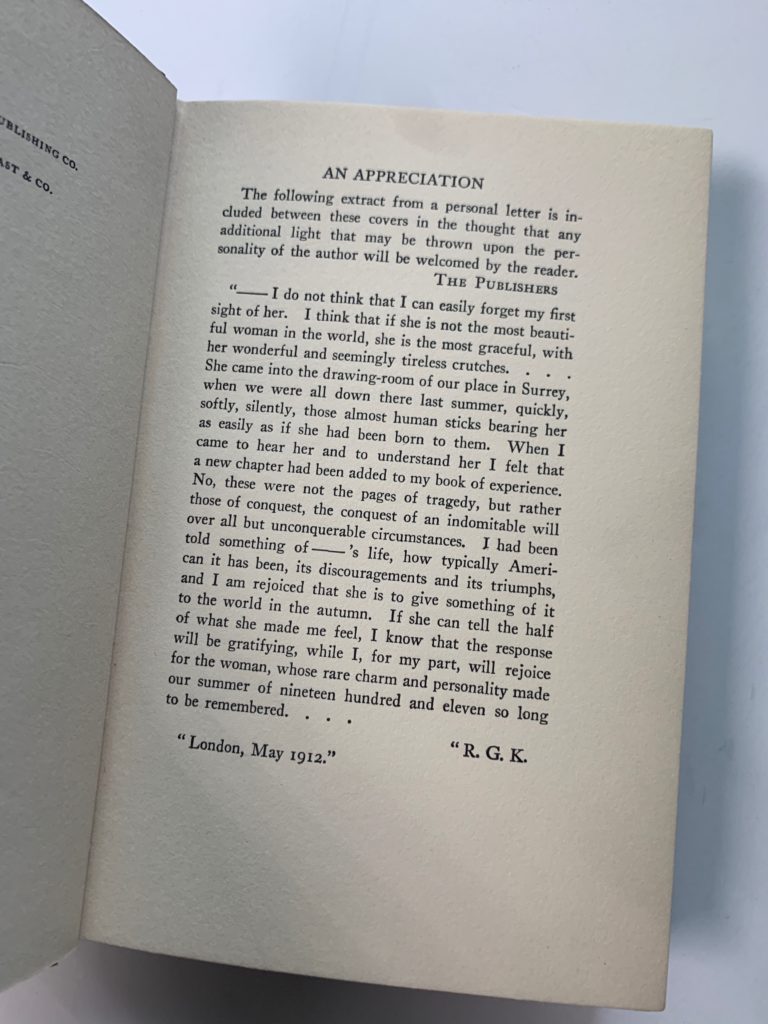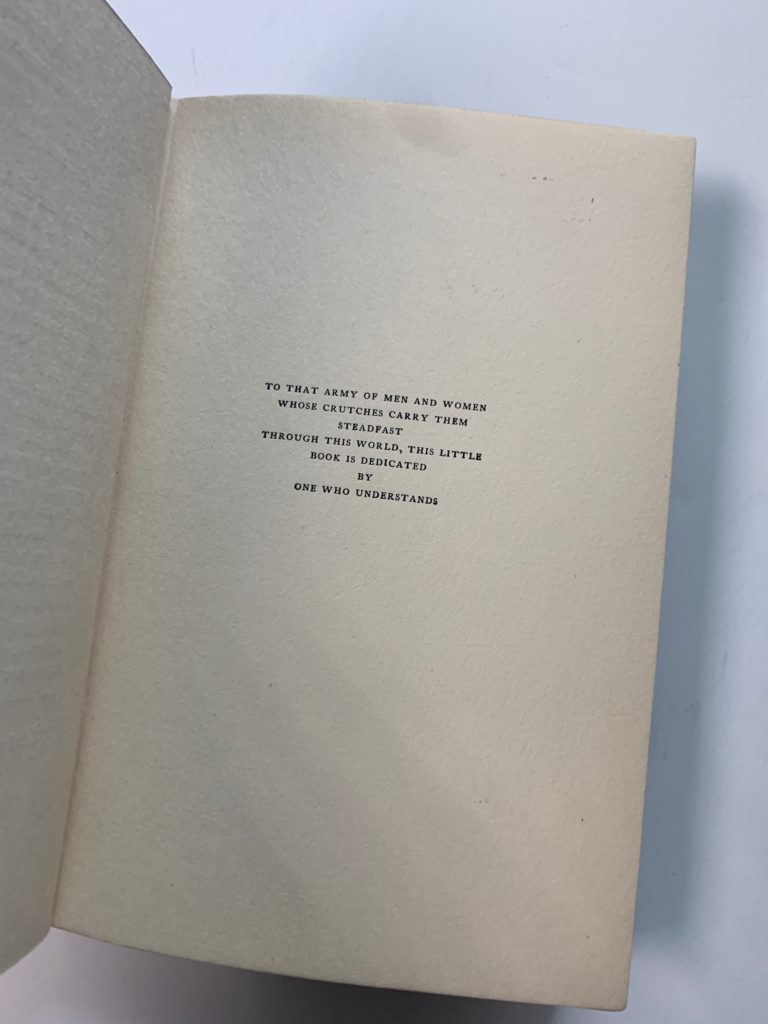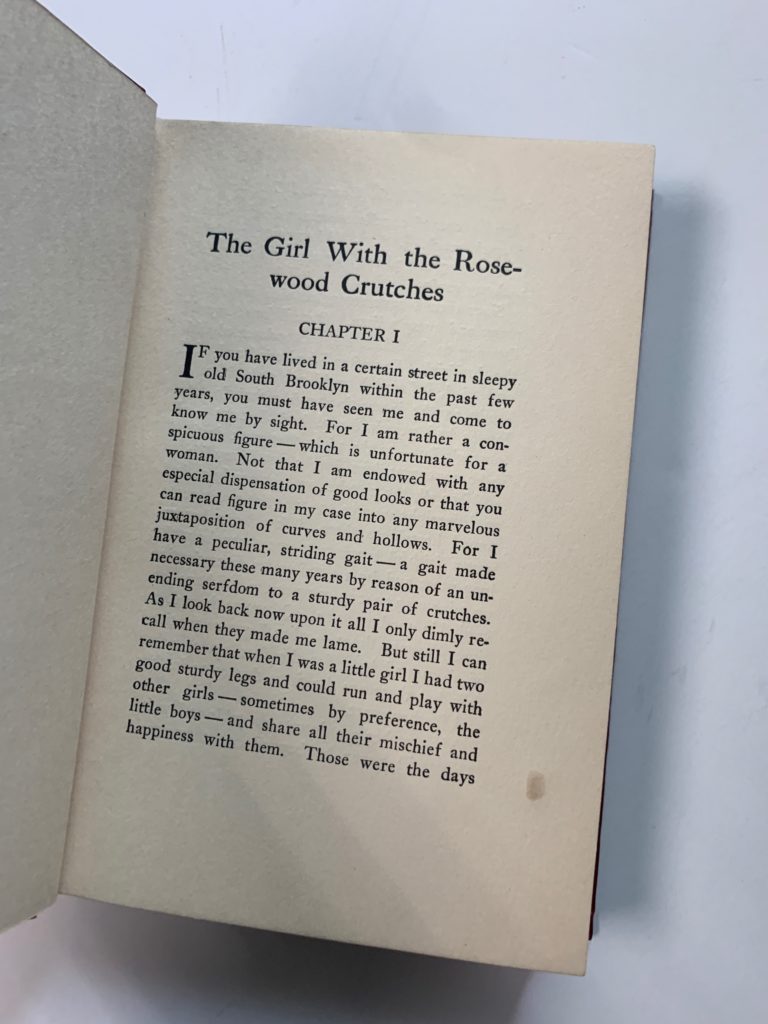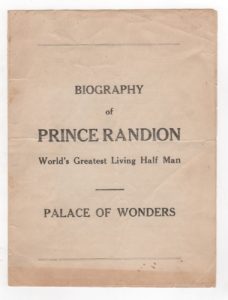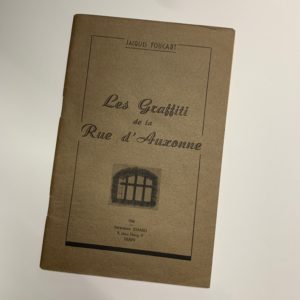26. [Anonymous] and Harrison Cady (illustrator). THE GIRL WITH THE ROSEWOOD CRUTCHES.
$750
Early work featuring an independent and successful disabled protagonist, first serialized in 1908. A first-person narrative, ostensibly by an anonymous young woman, recounting her ambitions and achievements following the loss of one leg in early childhood and the consequent physical and social restrictions imposed on her. Presented as nonfiction and received as such by contemporary reviewers, with the publisher responding to one enthusiastic contemporary reader: “Our contract with the author especially provides that we are not to reveal the identity, and we cannot give the names of any other books by this author without violating our agreement.” (“Travel,” Jan. 1913.)
Another memoirist, however, in her own account of life with a similar disability, wrote: “The book proved to be the bastard brain child of a big and bouncing and very jolly New York businessman and writer. He does use crutches, having a pair of unreliable knees […] but he is definitely not a fascinating little feminine hopper. Although he admits openly to a new legitimate book every year or so, he never confesses his paternity to THE GIRL WITH THE ROSEWOOD CRUTCHES, that poor love child of his careless youth.” (“Out on a Limb,” Louise Baker, 1946.)
Despite the book’s sentimentality and inspirational appeal, its treatment of disability is engagingly modern and matter-of-fact in many respects: as the heroine’s need for crutches is both permanent and nonprogressive, she evades the common literary fates of miraculous recovery or tragic death, and holds eternal grudges against well-meaning men who call her a “cripple” to her face. Fighting to make her way in New York, ‘Kate’ endures an interview with a newspaperman who thinks her only fit for desk work: “‘I have used them [crutches] for fifteen years,’ I told him, letting him know how clearly I read his prejudices. ‘They are no handicap to me. For the life of me I cannot see how they would affect my ability to work upon a newspaper.’” The narrator finds ultimate success as a concert-hall pianist and singer — no longer excusing, hiding, or defending her “wonderful crutches” but proudly using them on stage, to applause and acclaim. Quite uncommon. OCLC locates just six copies.

![26. [Anonymous] and Harrison Cady (illustrator). THE GIRL WITH THE ROSEWOOD CRUTCHES. Image](http://catalogue15.briancassidy.net/wp-content/uploads/2019/06/23551-768x1024.jpg)
